Why DeepSeek AI Breakthrough Is a Wake-Up Call for Silicon Valley
The AI Breakthrough That Shocked Silicon Valley
Discover how DeepSeek built world-class AI for just $5.6 million while tech giants spend billions. Learn why this changes everything!
Start Learning NowWhat’s All the Big Deal About?
Understanding the story that shocked the tech world
You know that one super fancy lunch spot at school? Only the rich kids eat there, dropping like thousands of dollars just on lunch. Crazy, right?
That’s exactly what was happening in the tech world. Big companies in Silicon Valley were spending billions and billions of dollars to build smart AI robots. Everyone thought you needed to be super rich to make good AI.
Then suddenly, a smart kid named DeepSeek shows up with a homemade lunch that tastes just as good – but costs almost nothing to make! Everyone started wondering: “Wait, how did they do that? Is this even possible?”
The Numbers That Shocked Everyone
This breakthrough isn’t just about saving money. It’s about proving that smart thinking beats big spending. DeepSeek showed the world that you don’t need to be a tech giant to build amazing AI. This discovery has made everyone in Silicon Valley very nervous!
Meet DeepSeek R1 – The Smart Cookie
Understanding this amazing AI tool that changed everything
DeepSeek R1 is like having the smartest friend in the tech world who can help you with any homework, solve tricky puzzles, and answer really hard questions. But here’s the amazing part – it doesn’t need a super expensive computer to work!
Here: while other AI systems are like fancy sports cars that need premium gas and cost millions to build, DeepSeek R1 is like a super-efficient electric car that goes just as fast but costs way less to make and run. This efficiency comes from advanced machine learning techniques that optimize performance.
Incredibly Smart Brain
DeepSeek R1 thinks step-by-step just like you do when solving math problems. Instead of guessing answers, it carefully works through each part of a problem to give you the best solution.
Super Cheap to Use
Running DeepSeek costs about the same as riding a bicycle to school instead of taking a limousine. It gets you the same results for much, much less money.
Free for Everyone
Anyone can use DeepSeek and even help make it better. It’s like having a recipe that everyone can share and improve together, making it better for everyone.
What Makes DeepSeek R1 Special?
DeepSeek R1 is an “open-source AI model.” This means its recipe is shared with everyone, unlike other AI systems that keep their methods secret. This openness helps everyone learn and improve the technology together.
9 Amazing Features That Make It Special
Let’s explore each cool feature in detail
DeepSeek R1 has nine incredible features that make it stand out from all other AI systems. Let’s learn about each one!
Smart Step-by-Step Thinking
Most AI just guesses answers quickly. But DeepSeek R1 thinks through problems carefully, just like you do when solving a long math problem. It shows its work and explains how it got the answer.
Super Efficient Brain Power
DeepSeek has 671 billion brain cells, but it only uses 37 billion at a time. It’s like having a huge toolbox but only taking out the tools you need for today’s project. This saves energy and makes everything faster.
Learns from Its Mistakes
DeepSeek gets better by practicing and learning from errors, just like when you learn to ride a bike or play piano. The more it practices, the smarter it becomes at solving new problems. This process is called reinforcement learning, a powerful technique in AI development.
Works on Regular Computers
Unlike other AI that needs super expensive computers, DeepSeek works great on normal computers that schools and small businesses can afford. It’s designed to be accessible to everyone.
Costs 50% Less to Run
Running DeepSeek costs about half as much as other AI systems. It’s like getting the same quality candy for half the price at the store. This makes AI affordable for more people.
Multi-Stage Learning Process
DeepSeek learns in stages, like going from kindergarten to high school. First it learns basic stuff, then more advanced topics. This step-by-step learning makes it really smart.
Easy for Beginners
The interface is so simple that even people who never used AI before can figure it out quickly. It’s like learning to ride a tricycle before trying a motorcycle.
Open Source Freedom
Everyone can see how DeepSeek works and help make it better. It’s like having a recipe that the whole world can improve together, making it better for everyone.
Top Performance Scores
DeepSeek gets amazing grades on all its tests: 71.5% in general knowledge, 97.3% in math problems, and 96.3% in coding challenges. These are some of the highest scores ever achieved!
How Does DeepSeek R1 Actually Work?
Understanding the smart technology behind this amazing AI
Let’s peek under the hood and see what makes DeepSeek R1 so special. Don’t worry – I’ll explain everything!
The Mixture of Experts Magic
DeepSeek uses something called “Mixture of Experts” or MoE for short. Let’s imagine this:
How Mixture of Experts Works
- Imagine you have a huge library with 671 billion books (these are like DeepSeek’s brain cells)
- Instead of reading all 671 billion books for every question, DeepSeek only picks out 37 billion books that are most helpful
- This is like only taking the books you need for today’s homework instead of carrying the entire library
- It saves energy, works faster, and still gives you all the smart answers you need
Open-Weight Model Design
DeepSeek uses an “open-weight” model. This is a fancy way of saying that all the important numbers and settings that make DeepSeek smart are shared with everyone.
Complete Transparency
Developers can see exactly how DeepSeek works, like having a recipe with all the ingredients and cooking steps written down clearly.
Community Improvements
Smart people around the world can suggest improvements and make DeepSeek even better, like having thousands of chefs improve the same recipe.
Quantization Techniques
DeepSeek uses smart tricks called “quantization” to make everything run faster and use less memory:
- It’s like compressing a huge video file to make it smaller without losing quality
- The AI takes up less space on computers, making it easier to use anywhere
- Everything runs faster because there’s less data to process
- It uses less electricity, which is better for the environment
Smart Training Methods
How DeepSeek learns to be so intelligent
DeepSeek learns in two main stages, just like how you learn in school – first with a teacher, then by practicing on your own.
Stage 1: Supervised Learning
First, DeepSeek learns from a teacher who shows it lots of examples with correct answers. It’s like learning math by studying solved problems in a textbook. This builds a strong foundation of basic knowledge.
Stage 2: Self-Improvement
After learning the basics, DeepSeek practices on its own using trial and error. It learns to check its own work and fix mistakes, just like when you practice piano at home after your lesson.
Reinforcement Learning Process
The self-improvement stage uses something called “reinforcement learning.” Here’s how it works:
How Reinforcement Learning Works
- DeepSeek tries to solve a problem and gets a score based on how well it did
- If it gets a good score, it remembers what it did right
- If it gets a bad score, it learns from the mistake and tries a different approach
- Over time, it gets better and better at solving all kinds of problems
- It develops advanced skills like checking its own work and correcting errors
Cost-Efficient Training
Here’s the really impressive part about how DeepSeek was trained:
Training Cost Comparison
This proves that smart training methods beat expensive hardware. DeepSeek’s success shows that you don’t need to spend billions to create world-class AI!
Why Silicon Valley is Really Worried
Understanding the big shake-up in the tech world
Industry leaders are calling DeepSeek’s success Silicon Valley’s “Sputnik moment” – a time when everyone realized the competition had suddenly caught up and passed them!
Destroying the “Big Money” Myth
For years, everyone believed you needed billions of dollars to build great AI. DeepSeek proved this completely wrong by creating world-class AI for just $5.6 million. This changes everything about how people think about AI development.
Making AI Open to Everyone
Unlike closed systems from big companies, DeepSeek shares all its secrets freely. This means small companies, schools, and even individual developers can now compete with tech giants like Google and OpenAI.
Stock Market Earthquake
When DeepSeek launched, tech stocks crashed hard. Companies like Nvidia lost billions in value because investors suddenly worried that expensive AI chips might not be needed anymore.
Global Competition Intensifies
For decades, the US dominated technology development. DeepSeek’s success proves that other countries, especially China, are now making huge advances that rival or surpass American technology.
Industry Leaders Sound Alarms
Important tech leaders and government officials are calling this a serious wake-up call. They’re pushing American companies to work much harder and smarter to stay competitive in the global AI race.
What Happens Next in Silicon Valley?
- American tech companies will likely invest much more money in AI research and development
- New focus on building AI more efficiently instead of just throwing money at the problem
- More collaboration between companies, universities, and government agencies
- Renewed emphasis on making AI cheaper and more accessible to smaller businesses
- Urgent push to develop new technologies that can compete with DeepSeek’s innovations
This isn’t just about technology – it’s about national competitiveness and economic leadership. The country that leads in AI will have huge advantages in everything from healthcare to education to national security.
What Silicon Valley is Missing
Important lessons from DeepSeek’s incredible success
DeepSeek’s breakthrough reveals three major things that Silicon Valley companies need to learn and adopt quickly.
Teamwork Beats Secrecy
In America, tech companies usually work alone and keep their research secret from competitors. But in China, companies, universities, and government agencies share resources and ideas. This teamwork approach helped DeepSeek achieve success much faster.
Focus on Real-World Problems
Silicon Valley often creates fun apps and chatbots that go viral on social media. DeepSeek focuses on solving important problems like helping doctors diagnose diseases, creating AI tutors for students, and improving healthcare systems.
Environmental Responsibility
Training large AI models like GPT-4 uses enormous amounts of energy, which hurts the environment. DeepSeek found ways to build powerful AI while using much less energy – better for our planet and cheaper to operate.
Why Environmental Efficiency Matters
The Growing Importance of Green AI
- People everywhere are becoming more concerned about climate change and environmental protection
- Governments are creating stricter rules about energy use for large technology companies
- Companies that use less energy attract more environmentally conscious partners and customers
- Energy-efficient AI costs less to run, making it more profitable in the long term
- Green technology gives companies a competitive advantage in the global marketplace
The Power of Collaboration
DeepSeek’s success shows that sharing knowledge creates better results than keeping secrets. When smart people work together and share their discoveries, everyone benefits and innovation happens much faster.
Silicon Valley companies are starting to realize they need to change their approach. The old way of working in isolation and spending massive amounts of money isn’t the best path forward anymore.
DeepSeek vs Silicon Valley Giants
How different approaches lead to dramatically different results
Let’s compare DeepSeek’s approach with traditional Silicon Valley methods to understand why this breakthrough is so significant.
| Aspect | DeepSeek Approach | Silicon Valley (OpenAI, Google) |
|---|---|---|
| Main Focus | Industry-specific AI solutions for real-world problems like healthcare and education | General-purpose chatbots and consumer entertainment apps |
| Development Cost | $5.6 Million total investment | $100+ Billion in combined spending |
| Ethics Approach | Built-in safety measures from the very beginning | Often adds safety features after public complaints |
| Efficiency Strategy | Optimized for low-cost deployment on regular computers | Relies on massive, expensive computing power |
| Funding Sources | Combination of private companies and government support | Primarily venture capital and corporate budgets |
| Global Reach | Rapidly expanding in Asia, Africa, and Middle East | Dominates North America and Europe |
| Accessibility | Open-source: anyone can use, study, and improve | Closed systems with limited, expensive access |
| Energy Usage | Designed for minimal energy consumption | Requires massive energy for training and operation |
Performance Comparison
Despite costing 95% less to develop, DeepSeek R1 achieves remarkable performance scores:
DeepSeek R1 Test Scores
These scores are among the highest ever achieved by any AI system, proving that smart design beats expensive hardware.
The Growing Global AI Race
How countries worldwide are competing in AI development
DeepSeek’s success is part of a much larger movement where countries outside the West are rapidly advancing in AI development and challenging American dominance.
China’s Ambitious AI Strategy
China has set a bold goal to become the world’s AI leader by 2030. Their approach is comprehensive and well-coordinated:
Military Applications
Building smarter defense systems and military technology using advanced AI capabilities for national security.
Smart City Infrastructure
Using AI to manage traffic, energy systems, and public services to create more efficient urban environments.
Healthcare and Transportation
Implementing AI in hospitals for better diagnosis and treatment, plus autonomous vehicles and smart transportation systems.
The UAE’s Surprising AI Leadership
The United Arab Emirates has emerged as an unexpected major player in the global AI scene:
UAE’s Falcon AI Strategy
- Created Falcon AI, an advanced model that can compete directly with GPT-4
- Giving away free access to researchers worldwide, gaining international goodwill
- Building strategic partnerships with universities and tech companies globally
- Positioning themselves as a key player in shaping the future AI landscape
- Attracting top AI talent from around the world to work in the UAE
What Silicon Valley Risks Losing
While Silicon Valley still has advantages like world-class talent and deep financial resources, their lead is shrinking fast:
Talent Drain Risk
Top AI researchers are increasingly attracted to opportunities in other countries that offer better resources and support for innovative projects.
Innovation Speed
Other countries are innovating faster by encouraging collaboration between government, universities, and private companies.
Market Access
Countries developing their own AI systems may restrict access to Silicon Valley products, reducing American companies’ global market share.
The bottom line: The next phase of AI innovation may not come from Silicon Valley alone – global competition is heating up rapidly, and American companies need to adapt quickly to stay competitive.
What Silicon Valley Must Do Next
Critical steps to stay competitive in the evolving AI landscape
To maintain leadership in the AI race, Silicon Valley companies must fundamentally rethink their approach and take bold, strategic actions.
Embrace Open-Source Development
Instead of keeping AI advances locked up, companies should make their tools accessible to developers worldwide, just like Meta did with their Llama models. Open-source projects encourage collaboration and lead to faster innovation for everyone.
Partner with Government
Rather than fighting against regulations, Silicon Valley should work closely with policymakers to establish smart, ethical standards for AI development. This builds public trust and helps avoid restrictive laws that could hurt innovation.
Prioritize Efficiency Over Size
Not all businesses can handle massive models like GPT-4. Companies should develop smaller, faster, more efficient models that are cost-effective and easier for industries to deploy and use effectively.
Solve Meaningful Global Problems
AI should tackle critical issues like climate change (predicting weather patterns, optimizing energy use), healthcare (disease diagnosis, personalized treatments), and education (customized learning experiences for students). Technologies like AI fraud detection and edge AI for real-time processing show how AI can solve real problems.
Strategic Investment Areas
Where Silicon Valley Should Focus Investment
- Energy-efficient AI training methods that reduce environmental impact
- Collaborative research programs with universities and international partners
- AI applications for healthcare, education, and climate change solutions
- Developer tools that make AI accessible to smaller companies and individuals
- Ethical AI frameworks that ensure technology benefits all of humanity
- Advanced techniques like AutoML and object detection models that democratize AI development
Building for the Future
The companies that will lead the future of AI are those that focus on collaboration, efficiency, and solving real-world problems. This isn’t just about maintaining technological leadership – it’s about ensuring AI development serves humanity’s best interests.
The Clear Message for Silicon Valley
Innovation with purpose and efficiency can secure Silicon Valley’s role as a leader in the evolving AI landscape. Success comes from smart thinking, not just big spending.
Must Read Articles
Expand your programming and AI knowledge with these essential guides
Ready to dive deeper into programming and AI? These carefully selected articles will help you build practical skills and understanding.
Python Development Excellence
- How to Set Up CI/CD for Your Python Projects Using Jenkins – Master professional development workflows
- The Ultimate Guide to the range() Function in Python – Essential Python fundamentals
- How to Compute Factorial in Python – Learn algorithmic thinking
Python Programming Skills
- How to Count the Digits in a Number Using Python – Practice problem-solving techniques
- How to Print Patterns in Python – Master loops and logic
- Understanding For Loops in Python – Build strong programming foundations
Why These Articles Matter
These resources complement what you’ve learned about DeepSeek AI by giving you hands-on programming skills. Understanding the fundamentals of Python and development workflows will help you better appreciate how AI systems like DeepSeek are built and deployed.
Test Your Knowledge
See how much you’ve learned about DeepSeek AI breakthrough
Take this interactive quiz to test your understanding of DeepSeek’s revolutionary AI breakthrough!
Question 1 of 5
How much did DeepSeek spend to build their AI model?
Question 2 of 5
What is the Mixture of Experts (MoE) architecture?
Question 3 of 5
What makes DeepSeek R1 different from other AI systems?
Question 4 of 5
What is DeepSeek’s score in math problem-solving (MATH-500)?
Question 5 of 5
Why is DeepSeek’s success called a “wake-up call” for Silicon Valley?
Frequently Asked Questions
Common questions about DeepSeek AI breakthrough
Here are the most common questions people ask about DeepSeek’s revolutionary AI breakthrough.
DeepSeek R1 is an advanced AI model that can think through problems step-by-step, just like humans do. It’s designed to be highly efficient, cost-effective, and accessible to everyone. Unlike other AI systems that cost billions to build, DeepSeek R1 was created for just $5.6 million while achieving similar or better performance.
The main differences are cost, accessibility, and approach. DeepSeek is open-source (anyone can use and improve it), costs much less to run, and uses smart efficiency techniques. While ChatGPT and similar AI systems are closed and expensive, DeepSeek proves that powerful AI can be built affordably and shared with everyone.
DeepSeek challenges the belief that you need billions of dollars to build great AI. This threatens companies that have invested heavily in expensive infrastructure. It also shows that smaller companies and even individuals can now compete with tech giants, which changes the entire competitive landscape.
Yes! DeepSeek R1 is released under an open-source license, which means anyone can access, use, study, and even modify it for free. This includes students, researchers, small businesses, and individual developers. You don’t need special permission or expensive licenses.
It is looks like a huge library with 671 billion books. Instead of trying to read all the books for every question, the “Mixture of Experts” system only picks the 37 billion most relevant books. This makes everything faster and uses less energy while still giving you smart answers.
DeepSeek, like other AI tools, is designed to help humans work better, not replace them. It can assist with tasks like writing, problem-solving, and analysis, but it still needs human guidance and oversight. The goal is to make people more productive and help solve important problems together.
DeepSeek learns in two stages: first from teachers (supervised learning) where it studies examples with correct answers, then through practice (reinforcement learning) where it learns from trial and error. It’s like learning math from a textbook first, then practicing problems on your own to get better.
Start by learning basic programming with Python, which is the main language used in AI development. Take online courses about machine learning, practice with simple AI projects, and stay updated with AI news. The resources in our “Must Read” section above are great starting points!
External Resources
Authoritative sources for deeper AI learning
Continue your AI education with these trusted external resources from leading institutions and research organizations.
Stanford AI Index Report
The most comprehensive annual report tracking global AI progress, trends, and impacts. This authoritative source provides data-driven insights into AI development worldwide.
Visit Stanford AI Index →Why This Resource Matters
Stanford’s AI Index Report helps you understand the bigger picture of AI development, including trends in research funding, technical performance, and global competition – perfect context for understanding DeepSeek’s breakthrough.
Building Your AI Knowledge Foundation
Understanding DeepSeek’s breakthrough is just the beginning. The Stanford AI Index provides annual insights into global AI trends, helping you see how breakthroughs like DeepSeek fit into the larger picture of AI development worldwide.
Use this resource to track how the AI landscape evolves following DeepSeek’s success and to understand the broader implications for technology, society, and global competition.
Final Thoughts
What this breakthrough means for the future of AI and humanity
DeepSeek’s incredible achievement should be seen as a wake-up call and an inspiration, not a defeat for Silicon Valley or anyone else.
Healthy competition in technology development is good for everyone. When multiple countries and companies are pushing the boundaries of AI innovation, it ensures that these powerful tools serve humanity’s interests rather than just the profits of a few corporations or the agenda of one nation.
The Revolutionary Message
What You’ve Learned Today
Congratulations! You now understand one of the most important breakthroughs in modern technology. Here’s what you’ve discovered:
Smart Beats Expensive
DeepSeek proved that intelligent design and efficient methods can achieve the same results as spending billions of dollars on massive computing power.
Sharing Accelerates Innovation
Open-source development, where everyone can contribute and improve technology together, leads to faster and better innovations than keeping secrets.
Global Competition is Healthy
Having multiple countries and companies competing in AI development ensures that this powerful technology serves everyone’s interests, not just those of a few powerful organizations.
The Bigger Picture
DeepSeek’s breakthrough represents more than just a technological achievement. It’s a demonstration that innovation can come from anywhere, that collaboration is more powerful than competition, and that the future of AI should be accessible to everyone, not just tech giants.
As AI continues to evolve and become more important in our daily lives, breakthroughs like DeepSeek’s remind us that the best solutions often come from thinking differently, working together, and focusing on solving real problems that matter to people everywhere.
The AI revolution is just beginning, and now you understand one of its most important chapters. The future belongs to those who learn, adapt, and work together to make technology serve humanity’s greatest needs.

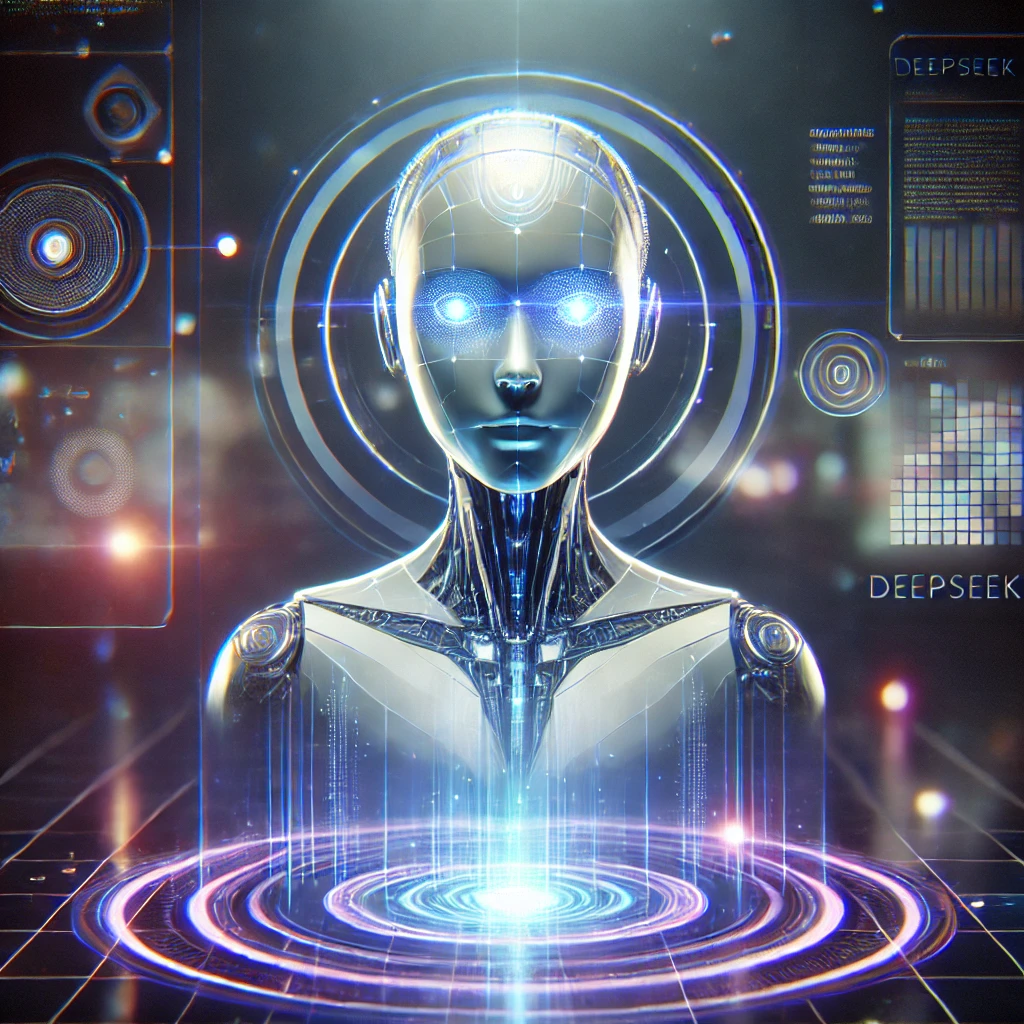

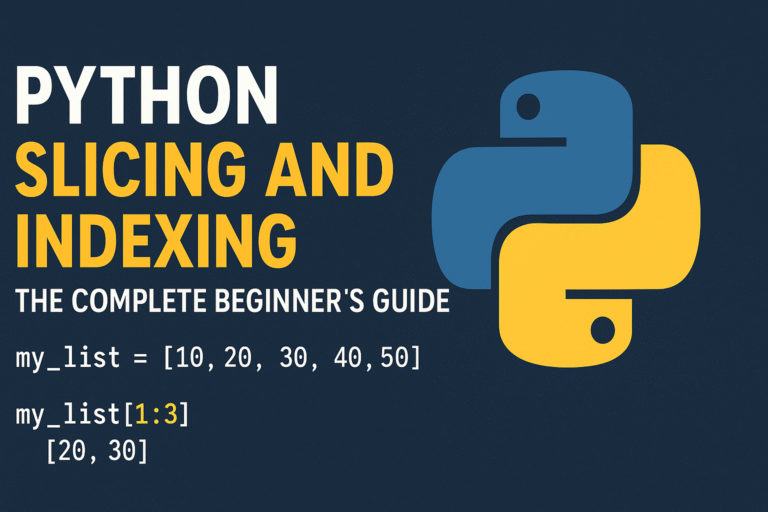
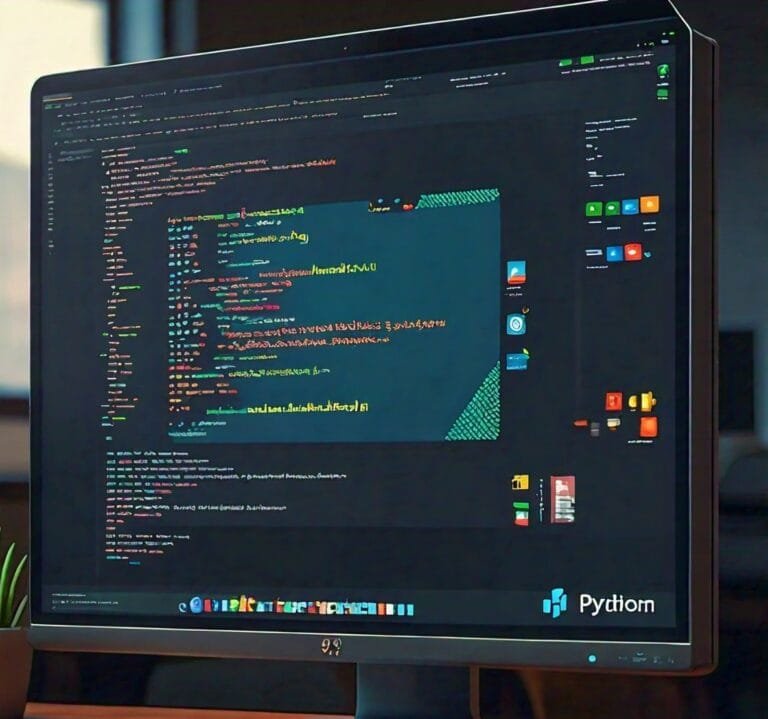
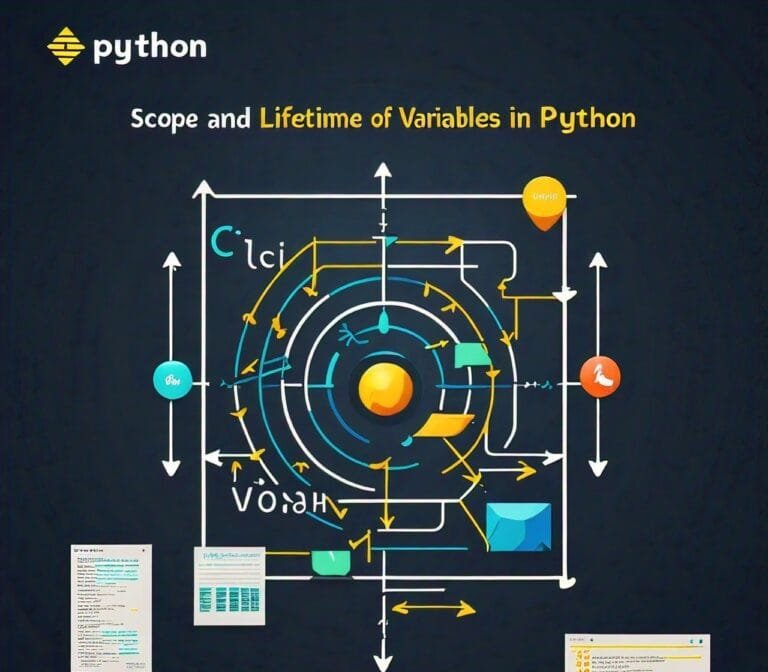
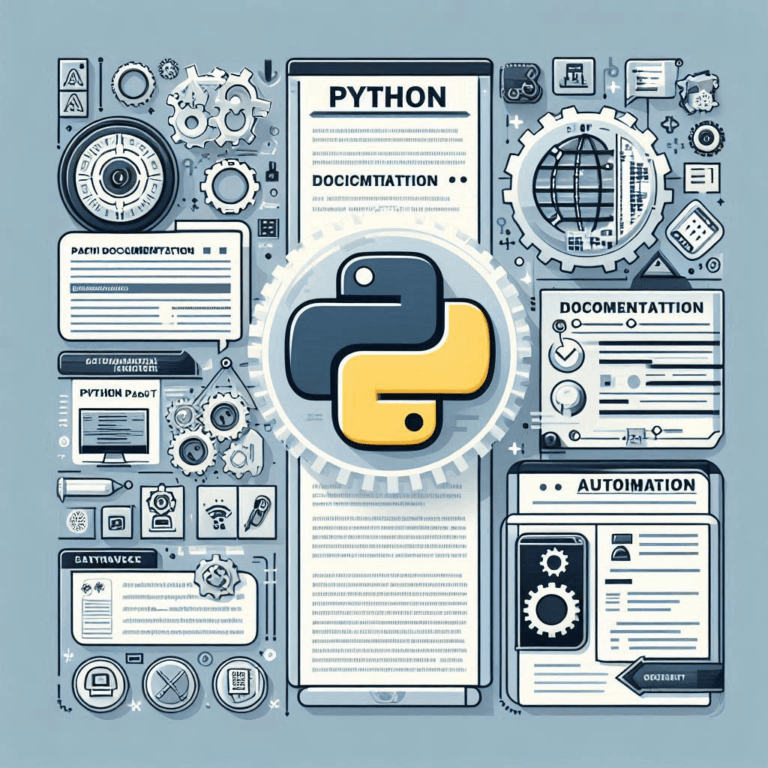
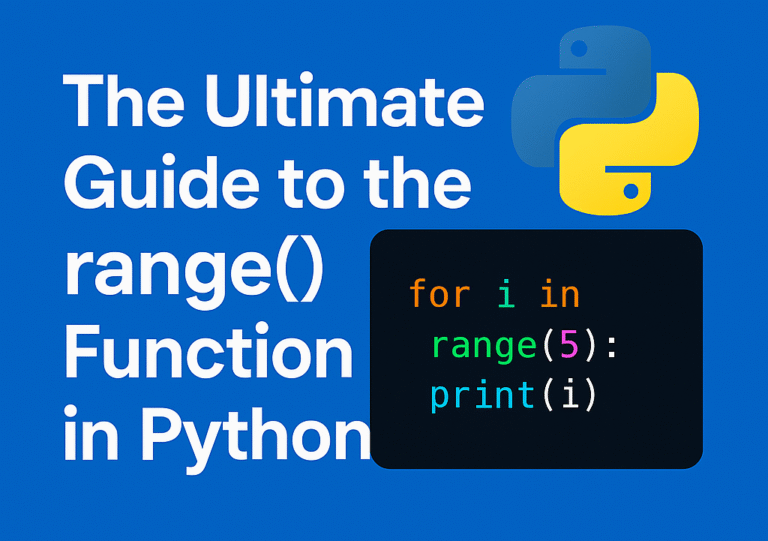
Leave a Reply